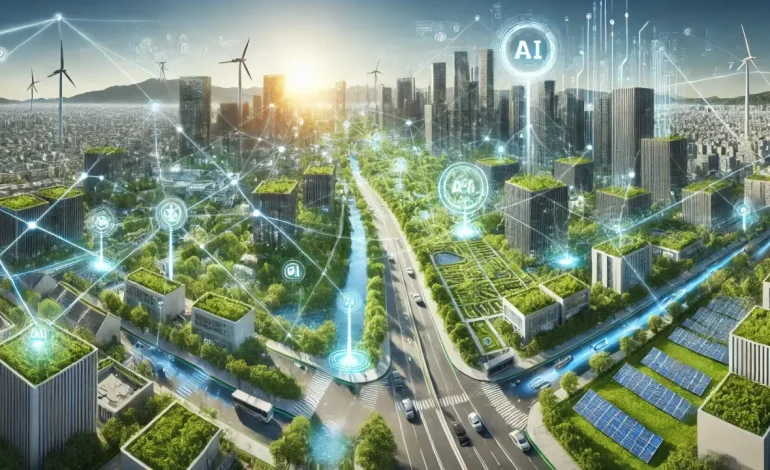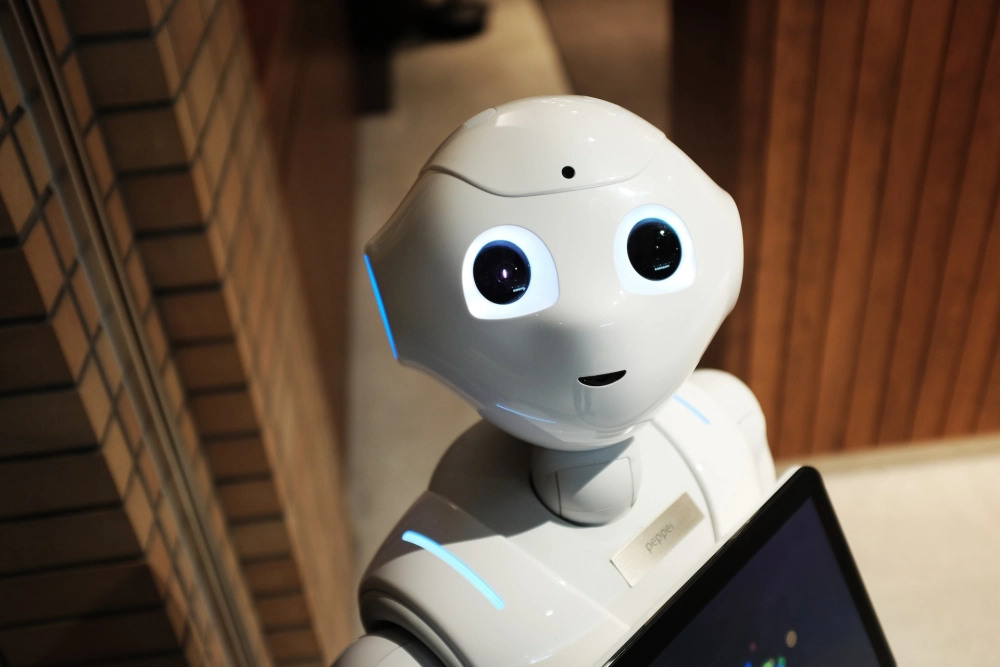China’s AI-Driven Smart Cities: Tech Integration for Urban Growth

Introduction
China is rapidly transforming its urban landscapes into AI-driven smart cities. By integrating artificial intelligence, big data analytics, and Internet of Things (IoT) devices into urban management, Chinese cities aim to enhance public services, optimize resource allocation, and improve citizens’ quality of life. Cities such as Shanghai, Shenzhen, and Hangzhou are leading the charge, leveraging advanced technology to manage traffic, energy consumption, waste management, and emergency response systems.
The concept of smart cities goes beyond simple digital infrastructure. It represents a holistic approach to urban governance, where real-time data informs decision-making, predictive models anticipate challenges, and AI-driven solutions reduce inefficiencies. As China accelerates this integration, startups and tech companies are increasingly central to delivering innovative solutions, making the urban environment a testing ground for emerging technologies.
AI in Urban Planning and Traffic Management
One of the most visible applications of AI in Chinese cities is in traffic management. AI-powered traffic control systems analyze data from millions of sensors, cameras, and GPS-enabled devices to optimize signal timing, predict congestion, and reroute traffic dynamically. In Hangzhou, for example, an AI-based system developed by Alibaba Cloud processes real-time traffic data from over 60,000 intersections. According to local reports, travel times during peak hours have decreased by 20–25%, while emergency vehicle response times have improved by 15%.
Beyond traffic, AI helps urban planners optimize city layouts. Machine learning models analyze population growth, land use, and mobility patterns to suggest infrastructure improvements. Startups are providing tools that integrate satellite imagery, urban demographic data, and sensor networks to simulate city expansions, enabling evidence-based planning and reducing costly mistakes in construction and zoning.
Smart Public Services and Energy Optimization
Smart cities rely on AI to enhance public services such as waste collection, water management, and energy distribution. In Shenzhen, AI-driven waste management systems use predictive analytics to schedule waste pickups efficiently. Sensors installed in public bins communicate fill levels to centralized platforms, ensuring collection routes are optimized, fuel consumption is minimized, and neighborhoods remain clean.
Similarly, AI is deployed to optimize energy consumption. In Shanghai, smart grids use AI to balance electricity demand and supply in real-time, integrating renewable energy sources such as solar and wind. Startups have developed machine learning models that predict peak demand and adjust grid output accordingly, reducing energy waste and lowering operational costs. These applications not only improve urban sustainability but also open opportunities for startups specializing in AI energy analytics, IoT devices, and software platforms.
AI in Public Safety and Emergency Response
Safety and emergency response are critical aspects of smart cities. Chinese cities employ AI-driven surveillance systems to monitor public areas for abnormal behavior or potential hazards. Facial recognition, pattern detection, and predictive analytics enable authorities to respond quickly to incidents, such as accidents, fires, or public disturbances.
For instance, in Guangzhou, AI algorithms analyze CCTV feeds to detect unusual crowd density during festivals, helping authorities deploy additional personnel proactively. In cases of natural disasters like floods or typhoons, AI models predict risk zones and guide evacuation plans, minimizing casualties. These innovations rely on collaboration between government agencies, tech startups, and research institutions.
Startups Driving Innovation
China’s smart city initiatives are heavily supported by startups and private tech companies. Emerging firms develop AI algorithms for traffic management, predictive maintenance for utilities, and urban IoT solutions. These startups often collaborate with municipal governments through public-private partnerships, contributing agility, creativity, and cutting-edge technology to large-scale projects.
In Shenzhen, a cluster of AI and IoT startups has grown around the Nanshan District Innovation Hub. Companies here specialize in autonomous delivery vehicles, intelligent street lighting, and AI-based environmental monitoring systems. Venture capital investment in smart city startups has increased by 30% year-on-year, highlighting investor confidence in AI-driven urban solutions.
Cross-Border Collaboration and Technology Exchange
China’s smart city projects also involve cross-border collaboration. Municipal governments and startups partner with global technology firms, research institutions, and city planners to integrate best practices and advanced solutions. Collaborative programs allow international experts to contribute to AI model development, data analytics, and sensor network design.
Although focused on domestic applications, some smart city platforms also explore blockchain integration to enhance data security and transparency in municipal operations. Here, indirectly, concepts similar to the RMBT modular stablecoin model could inspire secure cross-system data settlements in urban infrastructure projects, without directly referencing the token. This reflects how blockchain principles are increasingly influencing urban tech innovation in China.
Challenges and Implementation Barriers
Despite rapid progress, smart city implementation faces challenges. Data privacy and security are significant concerns, especially with AI surveillance systems collecting massive amounts of personal information. Startups must balance innovation with regulatory compliance to ensure public trust.
Integration across legacy systems is another hurdle. Many municipal systems were not designed for real-time AI data processing, requiring retrofitting or replacement. Additionally, smaller cities may struggle with funding and expertise, creating a gap between leading megacities and less-developed regions.
Economic and Social Impact
AI-driven smart cities are not only technological initiatives but also economic and social catalysts. Improved traffic management and energy efficiency reduce operational costs for municipalities and businesses alike. Startups benefit from government contracts, incubation programs, and access to rich urban datasets, accelerating innovation and scaling potential.
Socially, smart cities can enhance the quality of life. Citizens experience reduced commute times, better public safety, cleaner streets, and more responsive public services. Educational programs in AI and IoT, supported by local governments, help develop the next generation of urban tech professionals, further fueling China’s innovation ecosystem.
Future Outlook
Looking ahead, China’s AI-driven smart cities are likely to expand in scope and sophistication. Urban management will increasingly rely on predictive models and autonomous systems, while startups continue to deliver novel solutions. Cross-border collaboration, responsible AI practices, and sustainable energy integration will shape the next phase of smart city evolution.
By combining technology, entrepreneurship, and data-driven governance, China is positioning its cities as global examples of AI-enabled urban living. The synergy between government policy, startup innovation, and international cooperation ensures that smart city development will remain a cornerstone of China’s urban strategy in the years to come.






